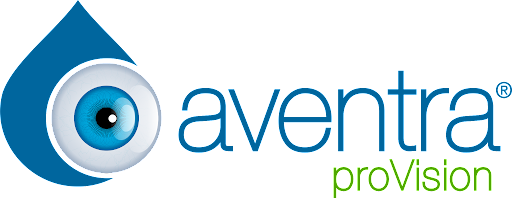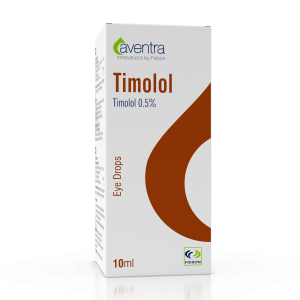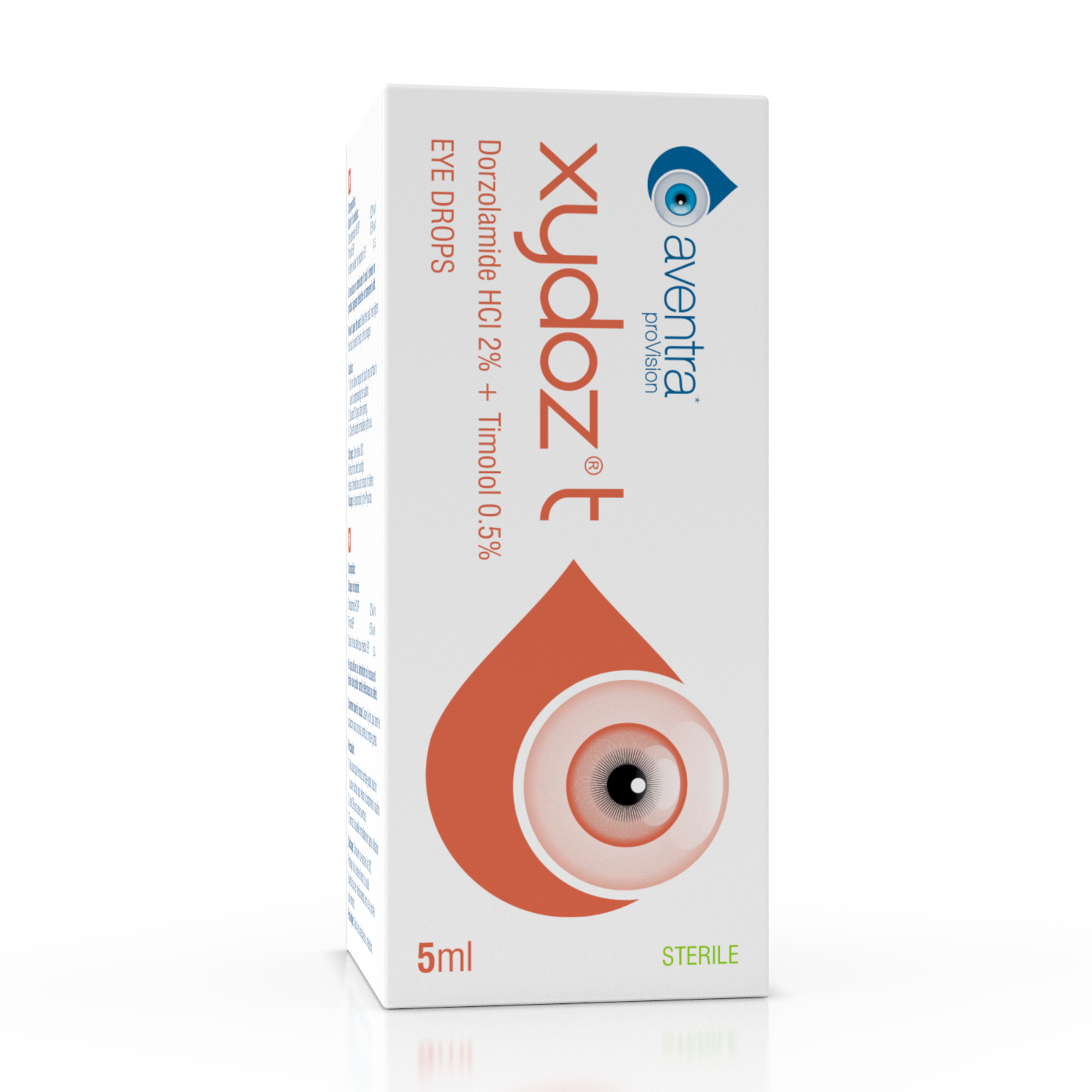Description
PATIENT INFORMATION LEAFLET: INFORMATION FOR THE USER XYLASE 0.005%W/V EYE DROPS (PDF DOWNLOAD)
Latanoprost
Read this leaflet carefully before you start taking this medicine. • Keep this leaflet. You may need to read it again before, during or after use of this medicine.
- If you have any further questions, ask your healthcare provider. • This medicine has been prescribed for you only. Do not pass it on to others. It may harm them, even if their symptoms are the same as yours.
- If any of the side effects become serious, or if you notice any side effects not listed in this leaflet, please inform your healthcare provider.
In this leaflet:
- What Xylase is and what it is used for
- What you need to know before you use Xylase
- How to use Xylase Eye drops
- Possible side effects
- How to store Xylase Eye drops
- Contents of the pack and other information
1. WHAT XYLASE EYE DROP IS AND WHAT IT IS USED FOR Xylase belongs to a group of medicines known as prostaglandin analogues. It lowers the pressure within your eye by increasing the natural flow of fluid from inside the eye into the blood stream.
Xylase eye drop is used to treat adults with open angle glaucoma and ocular hypertension. These conditions are linked with an increase in the pressure within your eye. If they are not treated, they may affect your eyesight.
Xylase eye drop can also be used to treat increased eye pressure and glaucoma in all ages of children and babies.
- WHAT YOU NEED TO KNOW BEFORE YOU USE XYLASE EYE DROP Xylase eye drop can be used in adults (including the elderly) and in children from birth to 18 years of age.
Xylase eye drop has not been investigated in prematurely born infants (less than 36 weeks gestation).
Do not use Xylase eye drops
- If you are allergic (hypersensitive) to Xylase or any of the other ingredients. • If you are pregnant or trying to become pregnant
- If you are breast-feeding.
Special warning and precaution regarding the use of Xylase Eye drop Take special care with Xylase eye drop
Talk to your doctor or the doctor treating your child or your pharmacist before you take Xylase eye drop or before you give this medicine to your child if you think any of the following apply to you or your child:
- If you or your child are about to have or have had eye surgery (including cataract surgery)
- If you or your child suffer from eye problems (such as eye pain, irritation or inflammation, blurred vision)
- If you or your child suffer from dry eyes
- If you or your child have severe asthma or the asthma is not well controlled • If you or your child wear contact lenses. You can still use Xylase eye drop. • If you have suffered or are currently suffering from a viral infection of the eye caused by the herpes simplex virus (HSV).
Other medicines and Xylase eye drops
Tell your doctor or pharmacist treating you or your child: If you or your child are taking or have taken any other medicines (including eye drops).
Pregnancy and breast-feeding
If you are pregnant or breast-feeding, think you may be pregnant or are planning to have a baby, ask your doctor for advice. Do not use Xylase eye drops when you are pregnant or breast-feeding.
Driving and using machines
As with other eye drops, if your vision is blurred when you first put your drops in, wait until this wears off before you drive or operate machinery.
If you or your child wear contact lenses, you should remove these before using Xylase eye drops. See the instructions for contact lens wearers in Section 3.
- HOW TO USE XYLASE EYE DROPS
Always use Xylase exactly as your doctor or the doctor treating your child has told you until they tell you to stop. Check with your doctor or pharmacist if you are not sure.
The recommended dose for adults (including elderly) and the children is one drop once a day in the affected eye(s). The best time to do this is in the evening. Do not use Xylase eye drops more than once a day, because the effectiveness of the treatment can be reduced if you administer it more often.
Contact lens wearers
If you or your child wear contact lenses, you should remove these before using Xylase eye drops. After using Xylase eye drops you should wait 15 minutes before putting the contact lenses back into the eyes.
Using Xylase with other eye drops:
If you have to use other eye drops you should wait for at least five minutes before using them.
How to use Xylase eye drops
Follow the steps below to help you use Xylase eye drops properly: • Wash your hands and sit or stand comfortably.
- Unscrew the protective cap (which should be retained).
- Use your finger to gently pull down the lower eyelid of your affected eye. • Place the tip of the bottle close to, but not touching your eye.
- Squeeze the bottle gently so that only one drop goes into your eye and then release the lower eyelid.
- Press a finger against the corner of the affected eye by the nose. Hold for 1 minute whilst keeping the eye closed.
- Repeat in your other eye if your doctor has told you to do this.
- Put the cap back on the bottle.
If you use more Xylase eye drops than you should
If you put too many drops in your eye, you may feel some slight irritation in the eye and the eyes may water and turn red. If you are worried, contact your doctor or the doctor treating your child for advice.
Contact your doctor as soon as possible if you or your child swallows Xylase eye drops accidentally.
If you forget to use Xylase eye drops
If you forget to apply your drops at the usual time, just skip that dose. Do not apply a double dose to make up for the missed dose. Instead, just wait until the next time you are supposed to apply it, and then apply your normal dose.
If you stop using Xylase eye drops
You should speak to your doctor or the doctor treating your child if you want to stop using Xylase eye drops.
If you have any further questions on the use of this product, ask your doctor or pharmacist.
- POSSIBLE SIDE EFFECTS
Like all medicines, this medicine can cause side effects, although not everybody gets them.
The following are known side effects of using Xylase eye drops:
Very common (may affect more than 1 in 10 people):
- A gradual change in your eye colour by increasing the amount of brown pigment in the coloured part of the eye known as the iris. If you have mixed-colour eyes (blue brown, grey-brown, yellow-brown or green-brown) you are more likely to see this change than if you have eyes of one colour (blue, grey, green or brown eyes). Any changes in your eye colour may develop gradually although it is normally seen within 8 months of treatment. The colour change may be permanent and may be more noticeable if you use Xylase eye drops in only one eye. There appears to be no problems associated with the change in eye colour. The eye colour change does not continue after Xylase eye drop treatment is stopped.
- Redness of the eye.
- Eye irritation (a feeling of burning, grittiness, itching, stinging or the sensation of a foreign body in the eye).
- A gradual change to eyelashes of the treated eye and the fine hairs around the treated eye, seen mostly in people of Japanese origin. These changes involve an increase of the colour (darkening), length, thickness and number of your eye lashes and other hair near the eye.
Common (may affect up to 1 in 10 – 1 in 100 people):
- Irritation or disruption to the surface of the eye, eyelid inflammation (blepharitis), eye pain and light sensitivity (photophobia).
Uncommon (may affect up to 1 in 100 – 1 in 1000 people):
- Eyelid swelling, dryness of the eye, inflammation or irritation of the surface of the eye (keratitis), blurred vision, conjunctivitis
- Skin rash.
Rare (may affect up to 1 in 1,000 people):
- Inflammation of the iris, the coloured part of your eye (iritis/uveitis); swelling of the retina (macular oedema), symptoms of swelling or scratching/damage to the surface of the eye, swelling around the eye (periorbital oedema), misdirected eyelashes or an extra row of eyelashes
- Skin reactions on the eyelids, darkening of the skin of the eyelids • Asthma, worsening of asthma and shortness of breath (dyspnoea).
Very rare (may affect less than 1 in 10,000 people):
- Chest pain, worsening of angina in patients who also have heart disease, sunken eye appearance (eye sulcus deepening).
Patients have also reported the following side-effects: fluid filled area within the coloured part of the eye (iris cyst), headache, dizziness, awareness of heart rhythm (palpitations), muscle pain, joint pain and developing a viral infection of the eye caused by the Herpes Simplex Virus (HSV).
Side effects seen more often in children compared to adults are runny itchy nose and fever. In very rare cases, some patients with severe damage to the clear layer at the front of the eye (the cornea) have developed cloudy patches on the cornea due to calcium build-up during treatment.
Reporting of side effects
If you experience any side effects, talk to your healthcare provider. This includes any possible side effects not listed in this leaflet. You can also report side effects directly to Fidson Healthcare Plc. By reporting side effects, you can help provide more information on the safety of this medicine.
- HOW TO STORE XYLASE EYE DROPS
Keep all medicines out of the reach of children.
Do not use Xylase Eyedrops after the expiry date ‘Exp. Date’ which is stated on the label. The expiry date refers to the last day of that month.
Do not use Xylase Eyedrops if you notice leaking or visible particles in the product or if the solution is unclear or discoloured.
Store the unopened bottle in a refrigerator (2°C – 8°C). After opening do not store above 30°C and use within 4 weeks. Keep the bottle in the outer carton to protect from light.
Medicines should not be disposed of via wastewater or household waste. Ask your pharmacist how to dispose of medicines no longer required. These measures will help to protect the environment.
- FURTHER INFORMATION
What Xylase Eyedrops contains:
The active ingredient is Latanoprost 0.005%.
What Xylase looks like and contents of the pack
2.5ml, 5ml and 10ml dropper bottle with a screw cap, placed in an outer carton with insert.
SUPPLIER AND MANUFACTURER
Fidson Healthcare Plc,
Km.38, Lagos-Abeokuta Expressway,
Sango-Ota, Ogun State, Nigeria
234-(0)8077008888
customercare@fidson.com






